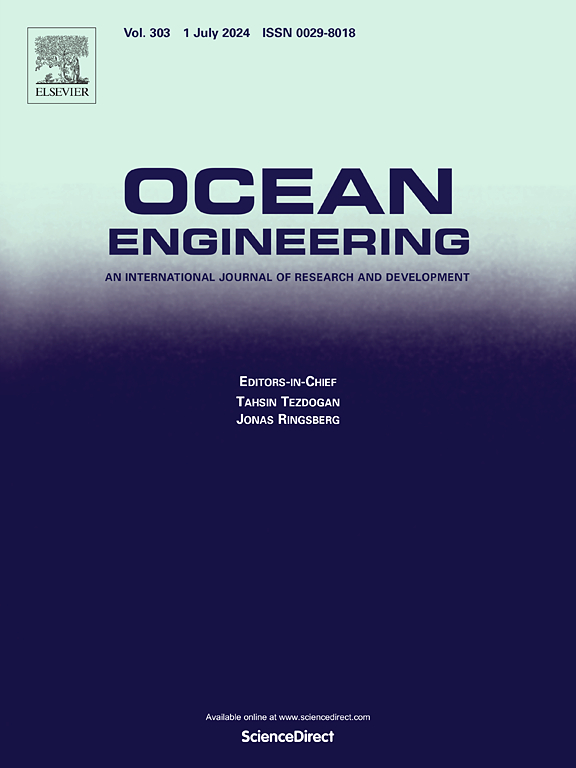基于微调迁移学习的低频波载荷快速预测方法
IF 5.5
2区 工程技术
Q1 ENGINEERING, CIVIL
引用次数: 0
摘要
低频波浪荷载的准确测定是船体结构设计的基础。然而,目前的研究面临着准确有效地确定水面波浪设计载荷的挑战。为了提高设计效率,降低人工成本,充分利用现有数据,实现经济节约,本研究提出了一种波浪荷载预测方法。本研究编制了波浪荷载物理试验数据,采用二维条形理论计算了5400组不规则波浪荷载情景。这些场景构成了利用深度神经网络的预迁移学习网络的源域,并随后应用于船模水箱试验的实验数据。在迁移学习框架中加入了独立的微调网络层。在这一层中,丢失的数据被设置为零,并且不受反向传播的影响。该网络具有鲁棒性,在交叉验证中表现出优异的性能。与基于模拟的技术相比,该方法具有较高的准确性,总体误差范围为10%,并且能够直接,快速,有效地预测船舶上的波浪载荷。本文章由计算机程序翻译,如有差异,请以英文原文为准。
Fast prediction method for low-frequency wave loads based on fine-tune transfer learning
The accurate determination of low-frequency wave loads is fundamental to the design of ship hull structures. However, current research faces challenges in accurately and efficiently determining wave design loads on a water surface. To enhance design efficiency, reduce labor costs, leverage existing data, and achieve economic savings, this study proposes a wave-load forecasting method. This study compiles physical test data on wave loads and employs a two-dimensional strip theory to calculate 5400 sets of irregular wave-load scenarios. These scenarios constitute the source-domain in a pre-transfer learning network utilizing deep neural networks and are subsequently applied to experimental data from ship model tank tests. An independent fine-tuning network layer is incorporated into the transfer learning framework. Within this layer, the lost data are set to zero and not subjected to backpropagation. This network demonstrates robustness and exhibits excellent performance in cross-validation. Compared to simulation-based techniques, this approach demonstrates high accuracy, with an overall error margin of <10 %, and enables straightforward, rapid, and efficient forecasting of wave loads on ships.
求助全文
通过发布文献求助,成功后即可免费获取论文全文。
去求助
来源期刊

Ocean Engineering
工程技术-工程:大洋
CiteScore
7.30
自引率
34.00%
发文量
2379
审稿时长
8.1 months
期刊介绍:
Ocean Engineering provides a medium for the publication of original research and development work in the field of ocean engineering. Ocean Engineering seeks papers in the following topics.
 求助内容:
求助内容: 应助结果提醒方式:
应助结果提醒方式:


